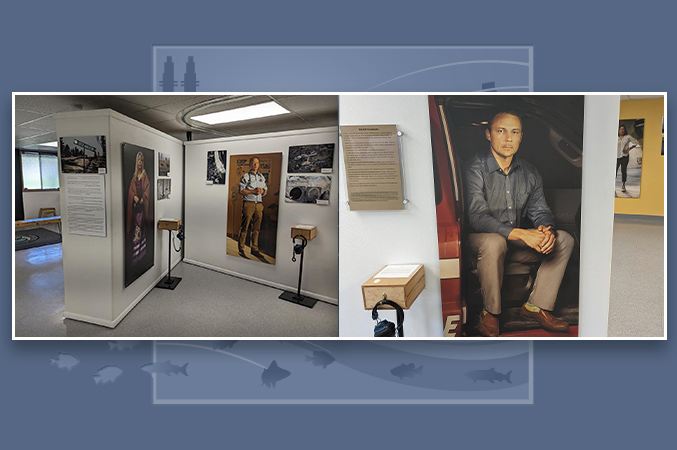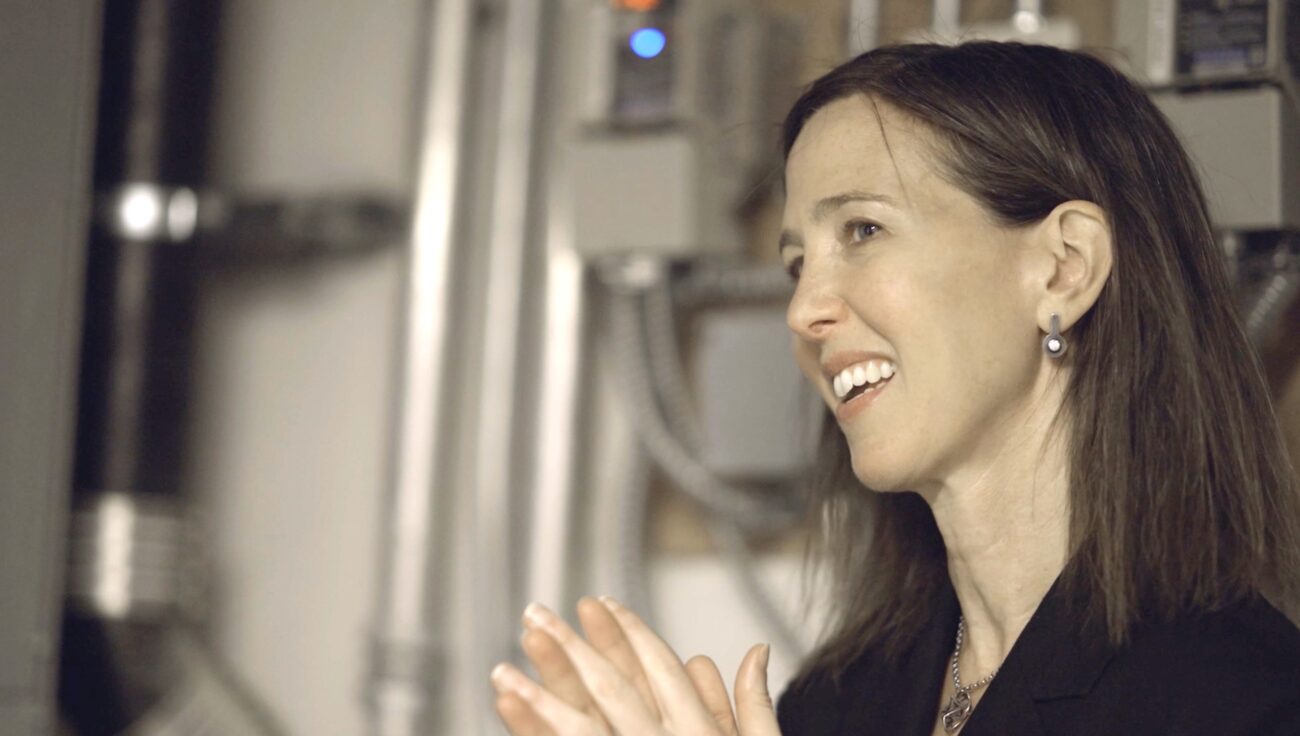A team of researchers at the University of Washington interviewed rural and tribal residents of the Okanogan River Airshed Emphasis Area (ORAEA) to determine how to best communicate smoke risk from wildfires and prescribed fires. Residents’ responses underscore the importance of trusted sources from within the local community when communicating risk.
There are currently limited studies on smoke risk communication, and this is the first to study the role of trust in communications about smoke risk in western U.S. rural and tribal communities. The researchers believe their results can support efforts to communicate public health messaging to the ORAEA community and provide lessons for organizations serving other rural and tribal communities at risk of smoke exposure. A December 2022 paper describes this work.
Smoke Risk in the Okanogan River Airshed Emphasis Area
The ORAEA region in central Washington state includes several rural towns and part of the Colville Reservation. The region regularly experiences excess smoke exposure compared to the rest of the state, and the county in which the ORAEA region sits has had 24 fire emergencies since 2000. In addition to wildfires, smoke from prescribed fires, used by the Confederated Tribes of the Colville Reservation in their land stewardship practices to manage wildfire-prone land, impacts the area in the spring and fall.
Wildfire smoke in the ORAEA region. (Photo courtesy of Nicole Errett)
Smoke from wildfires and prescribed fires contain compounds such as particulate matter, carbon monoxide, and volatile organic compounds that are known to be harmful to human health. Wildfires are projected to increase in frequency and intensity due to climate change, and the ORAEA region is already experiencing an excess smoke burden. Therefore, the research team was interested in understanding how risk communications could best be delivered to the community so residents may proactively take actions to reduce risk of exposure to smoke, such as using air filters in the home and wearing respirators.
Interviewing the Community
To study the role of trust in smoke risk communication, the researchers conducted individual interviews and focus groups with non-tribal and tribal residents. Focus groups were composed solely of either tribal or non-tribal residents to determine whether there were different results between groups. Researchers conducted 17 individual interviews, two focus groups with non-tribal residents, and four focus groups with tribal residents. Due to low recruitment of tribal members for individual interviews, researchers conducted more tribal focus groups so that tribal voices were equally captured in the study.
Throughout the project, researchers engaged staff members from the Confederated Tribes of the Colville Reservation in all phases of study design, implementation, and interpretation, including the development of interview and focus group outreach plans and as co-authors of the project deliverables. This ensured that the views of those with lived experience in the community were incorporated throughout the study.

Photos displayed in the Colville Tribal Museum’s Fifth Season exhibit. The exhibit shows photos of the aftermath of fires, community member portraits, and accompanying listening stations at which visitors can listen to community members’ recorded narrative experiences with wildfire smoke (left). A portrait of Cody Desautel, Executive Director of the Colville Tribes, and co-author on the study (right). (Photos courtesy of KeAnna Caston)
“We are grateful to our community partners for their engagement with this study,” stated Leah Wood, MPH, MPA, recent of the University of Washington Department of Global Health and lead author on the publication. “As academic researchers from outside the community, we acknowledge that we may not have been fully trusted by the interviewees, but we believe engagement with our partners helped ensure the questions we used in the interviews created an environment where residents could openly share. We believe this is reflected in our results.”
Residents expressed several key factors that affect how they perceive smoke risk communication:
- Local sources of smoke information are viewed to be most trustworthy.
- Trustworthiness is determined by evaluation of multiple factors, such as credibility, quality of information, and relationship to the source.
- Political ideology has a strong influence on which sources people will trust.
The results show the importance of understanding what makes for a trusted source of public health information. Residents tend to seek information through informal networks such as friends and family and are more likely to look to local agencies for information on wildfires, although some residents expressed the sentiment that agencies can be slow to release wildfire and smoke information. Respondents stated that messages from within the community are seen in a more positive light than messages from outside of it, such as those from state and federal government sources. Responses detailed historical mistrust of state and federal governments and a perceived lack of accountability from these governments to rural and tribal communities. Tribal and non-tribal residents also described the importance of partnerships to build trust.
One tribal respondent stated, “I think that the tribal membership has grown to pretty much appreciate the help that we get from the Environmental Protection Agency and the Department of Ecology and other local agencies when the situation comes up to where they’re more trusting than they used to be because now, we have a place at the table where we can voice our opinions. And there was a time when that didn’t happen. But now, we’ve been asked to participate in a lot of important events that are going on, and so their relationships have grown quite steadily.”
Non-tribal rural residents indicated that mistrust of COVID-19 messaging and perceived overlap with smoke risk communications, such as suggestions to wear masks to avoid health risks from smoke, influence their perception of the message. However, others find they are used to wearing masks and are now more likely to do so to protect from smoke than they were before the COVID-19 pandemic.
“Through our partnership with the Colville Tribes, we were able to advance the state of the science about the role of trust in smoke risk communication, while concurrently providing actionable information that can inform preparedness and response efforts locally,” stated Nicole Errett, Ph.D., assistant professor with the University of Washington Department of Environmental and Occupational Health Sciences and director of the Community Engagement Core at the University of Washington Center for Exposures, Diseases, Genomics and Environment. “This is the true power of community-engaged disaster research.”
The research team continues to work with partners across Washington on smoke-related risk communication research and risk reduction, including with the Colville Tribes, agricultural workers, and community-based organizations. You can read more about a follow-on project addressing farmworker exposure to smoke on the UW Environmental and Occupational Health Sciences Blog, and more about Errett’s work in the April 2021 PEPH newsletter.
Source link
www.niehs.nih.gov


